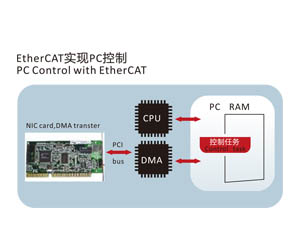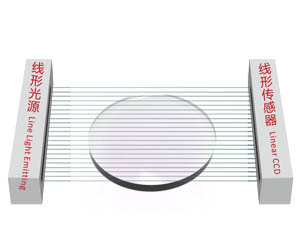Toplens Hangzhou Inc.
Bldg 7/1F, 1197 Bin'an Road,
Binjiang, Hangzhou, Zhejiang,
310052 China
TEL:+86 571 8777 4064
FAX:+86 571 8777 4033
info@toplens.cn
To leave an inerasable and invisible mark on the surface of stock lens, RX and progressive lens and glass molds, lens surface is normally marked mechanically or by laser. Nobody in the industry likes mechanical engraving any more due to its low efficiency and bad quality, laser engraving is now the best choice.
There are three main approaches for laser engraving: hot engraving, cold engraving and laser plasma etching. Both hot and cold laser engraving require lens material or coatings to absorb the laser energy, while laser plasma etching does not. However, it does require 10GW/cm of laser power density. Hot laser burns lens surface by thermal effect so that the layer of material is vaporized and escapes from the surface to form an inerasable mark. Cold laser utilizes high energy photons to break off bond within the material and make material molecules escape from the surface to form a mark. In terms of engraving quality.

Most of the engraving machines currently on the market control laser beam or move axis via PCI card or USB. Because Windows OS is a non-real-time operating system, and USB is the serial protocol for consumer electronic, both of them are unable to meet the 7/24 hour, fault-free requirement of industrial laser engraving applications. Toplens has concentrated on its leading role in specialized high-precision laser engraving technology, being the first to apply EtherCAT BUS protocol in 2013 and creatively providing laser engraving solutions to achieve engraving with zero error.
General profiler or torometer usually involves contact, thus, it is easy to scratch the surface if operation on a soft lens is not careful enough, resulting in defective products. Toplens innovates the profiler detection method through aspheric edge detection for non-contact measurement of surface profile in a creative way. Its principle is to use collimated parallel light to project on linear CCD through or through not the lens, move lens up and down to have a series of slice images on telescope image plane, and then reconstruct the surface contours of the lenses with computer's aid in calculation, which eventually obtains a measurement accuracy of 0.01mm after calibration of surface profile. This application of LSP has made it possible to achieve laser grating engraving. Because no matter whether it is 193nm excimer laser or all-solid-263/266nm ultrafast laser, focal depth of f-theta lens generally is less than 2mm, and in the meantime stock lens has no base curve available. If Lens Scan Profiler wasn't introduced, it would be impossible to accurately make anti-fake laser engraving on coated lenses without any film damaged.






